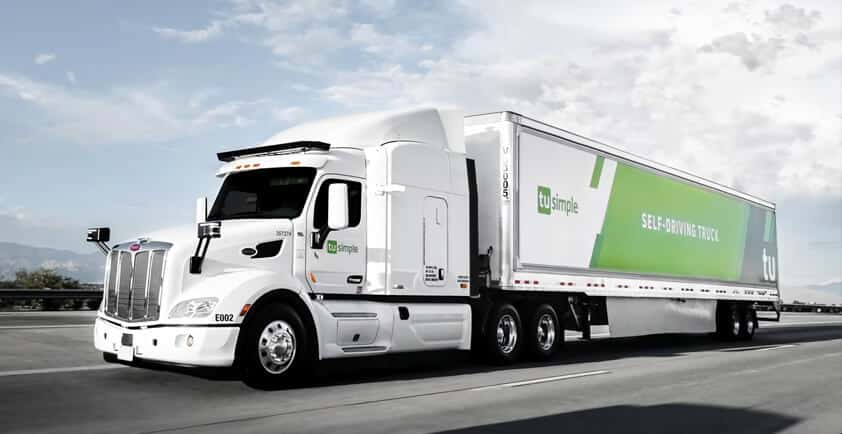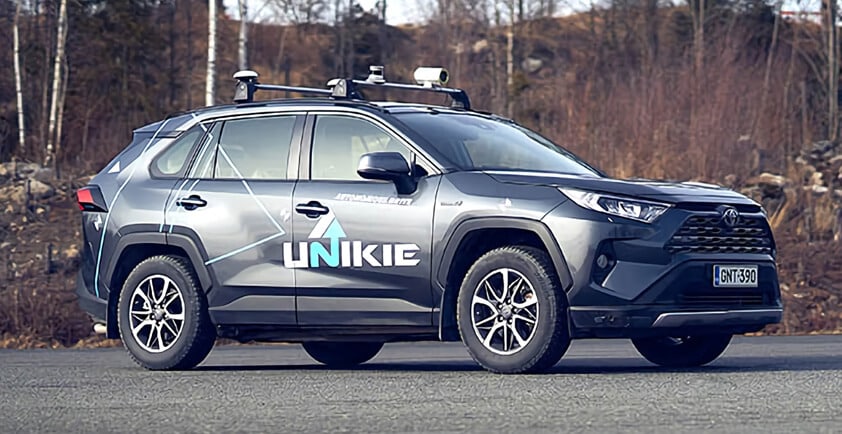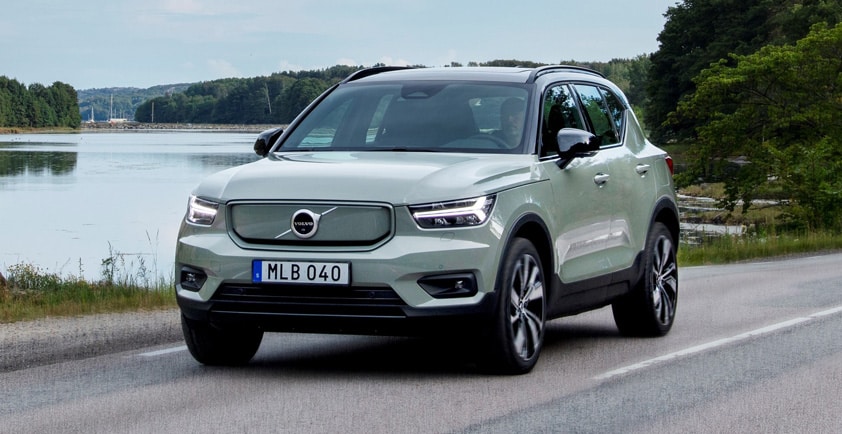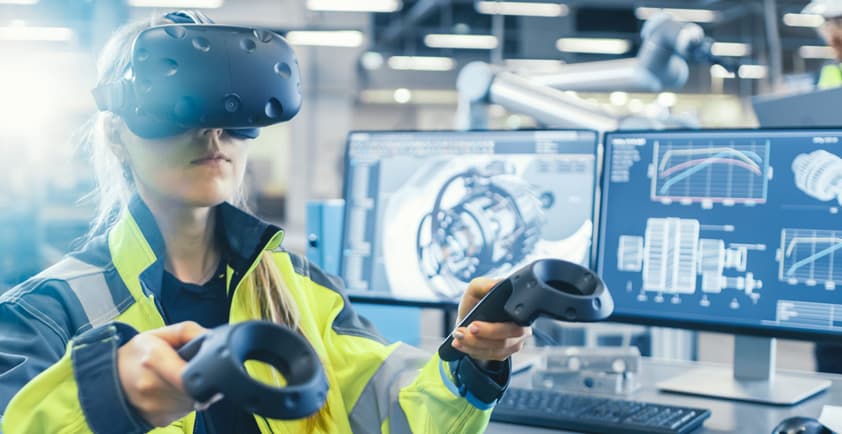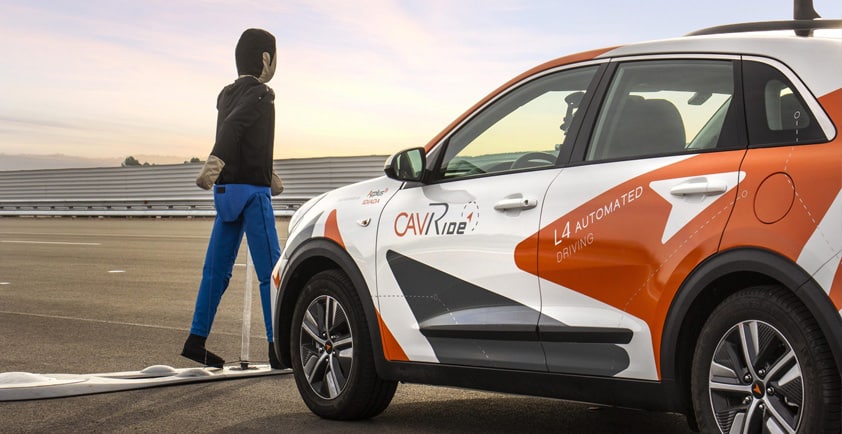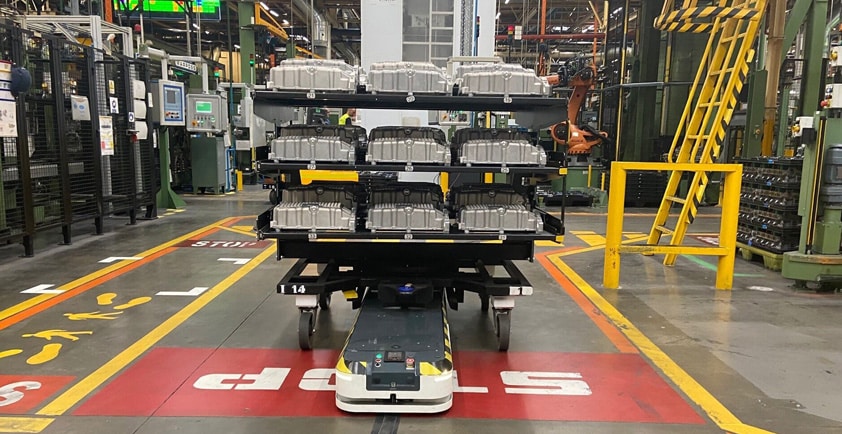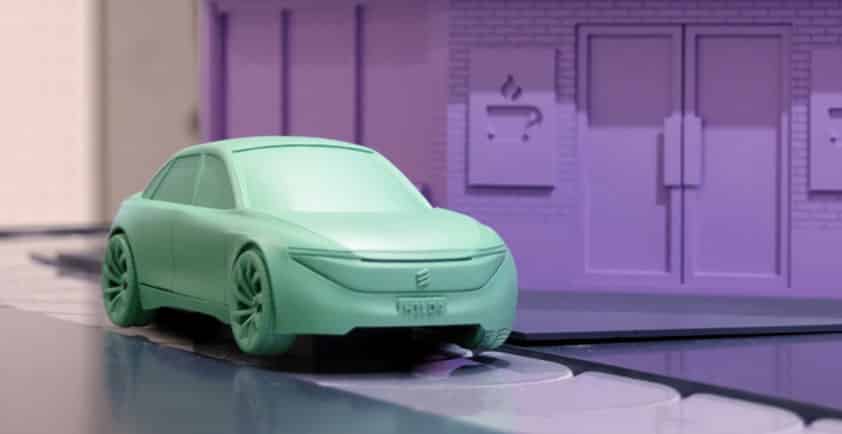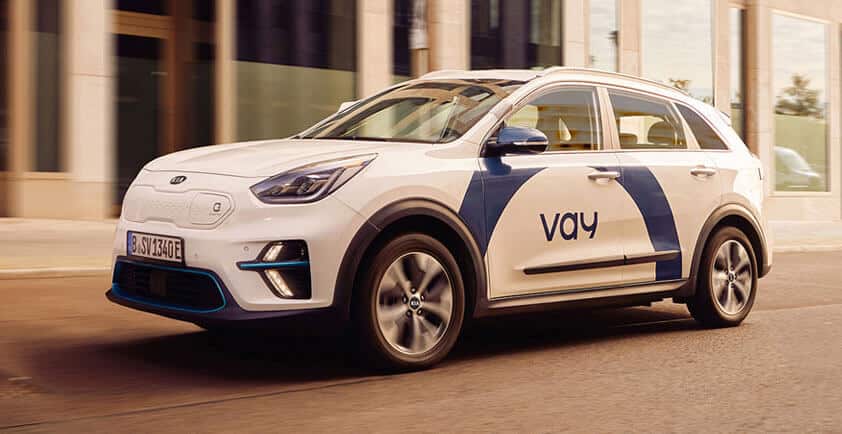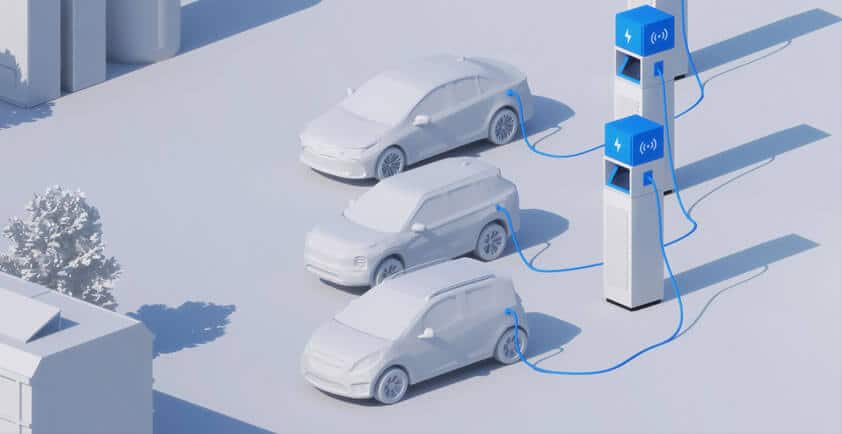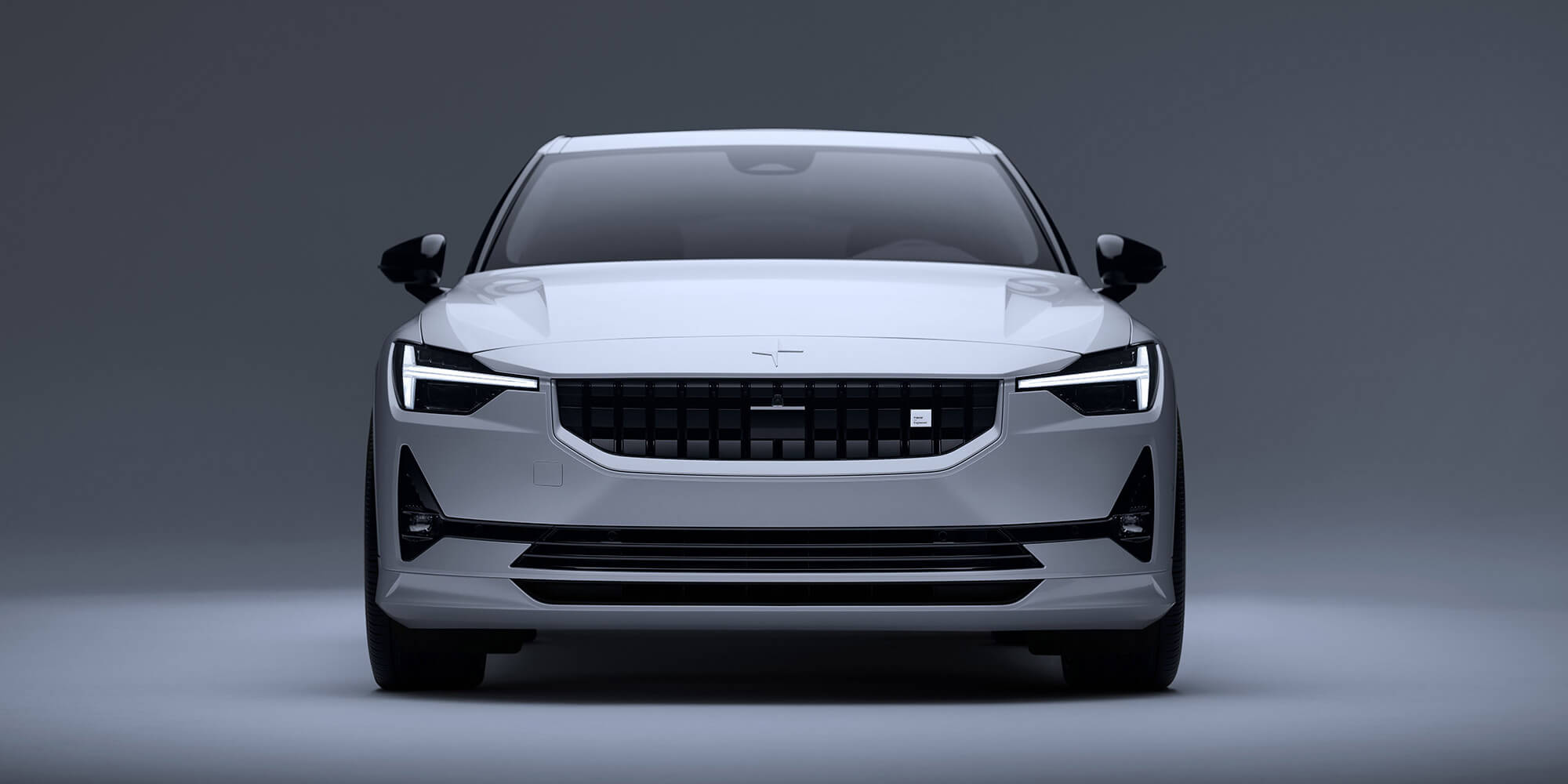
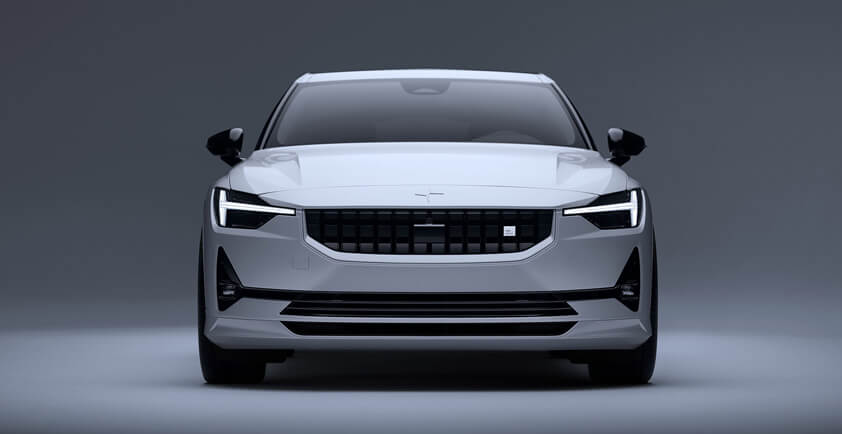
4 ADVANTAGES OF OTA UPDATES FOR AUTOMAKERS
As software-defined vehicles continue to advance and the quantity of digital services grows to meet consumer demand, automotive over-the-air (OTA) updates enable cost-effective and continuous software and security maintenance.
Connectivity is foundational to many consumers' daily activities – from the watches on our wrists, to the phones in our hand, to the vehicles in our driveways. Connectivity is also a prerequisite for the features and capabilities desired in and expected of a car today.
Connected vehicles, or software-defined vehicles, are complex devices, and automakers have quickly evolved from manufacturers to tech companies to keep up with customer expectations of the digital experience. They are tasked with the challenge of engineering the next generation of electric vehicles (EVs), which is driving a complete industry-wide digital transformation. They need to address new and changing business models and deliver ever more sophisticated user experiences – all while under the constant pressure to deliver quickly, cost-effectively, and globally.
The complexities of delivering seamless and secure connected vehicle experiences in this multi-cloud, multi-solution, and multi-regional reality cannot be overstated. The "always connected" cars being produced today need software fixes and upgrades as part of their regular maintenance. This is a need that increases each day as more features rely on regular updates. However, unlike older generation cars, they don't need to go to a repair shop for software service. Instead, these changes can be provided "over-the-air" (OTA).
Today, as vehicles introduce new functionalities (such as advanced driver-assist features like self-parking) and the number of connected vehicles keeps growing, automakers need to handle the constant software updates required in a secure way. OTA updates enable more manageable maintenance and provide an opportunity for automakers and their partners to deliver new features after the vehicle has been sold hence prolonging the life of the car. To achieve this and more, automakers see OTA updates as one of the most important use-cases in the software-defined vehicle landscape.
OTA updates = time well spent
Automakers have a great opportunity to create customized in-vehicle digital experiences, transforming the time that consumers spend in a vehicle from "time wasted" into "time well spent." The difference in user experience often comes down to how quickly updates can be made, issues can be fixed, and new features become available – all while ensuring the security of the data. This is where OTA updates create the following advantages:
1. Conduct regular vehicle updates, including issue remediation – OTA updates enable automakers to fix, maintain and improve vehicle software remotely by downloading code to the vehicle from a cloud server. Drivers also save time and money as remote software updates mean they don't need to physically visit a dealership.
2. Maintain a secure ride – Like any other connected device, the connected vehicle can be a target for hackers, making cybersecurity and privacy a high priority for automakers to maintain customer confidence. Additionally, as cyber security becomes more regulated in the automotive industry and more standards are applied in different countries, automakers must now ensure that the vehicle can be updated during its entire lifetime. OTA updates are the best way to handle the patching of security gaps quickly and efficiently on an entire vehicle fleet.
3. Create easy access to new features, generating more revenue – OTA updates can also add value to a vehicle by allowing drivers to add new features. A recent Gartner report noted that EV automakers have already begun offering their customers the ability to download horsepower upgrades for a subscription fee. And according to the Ericsson Connected Cars report, by 2025, 50% of the vehicle value will be composed by the software and software experience, which OTA updates will support. This value could be created by offering in-app purchases, just like in today's smartphones, generating additional revenue long after the car has been sold for the first time.
4. Potential for predictive maintenance – As vehicle intelligence matures, artificial intelligence (AI) algorithms will also be able to detect and transmit diagnostic and operational data from onboard systems and components and request updates to the vehicle when deemed necessary.

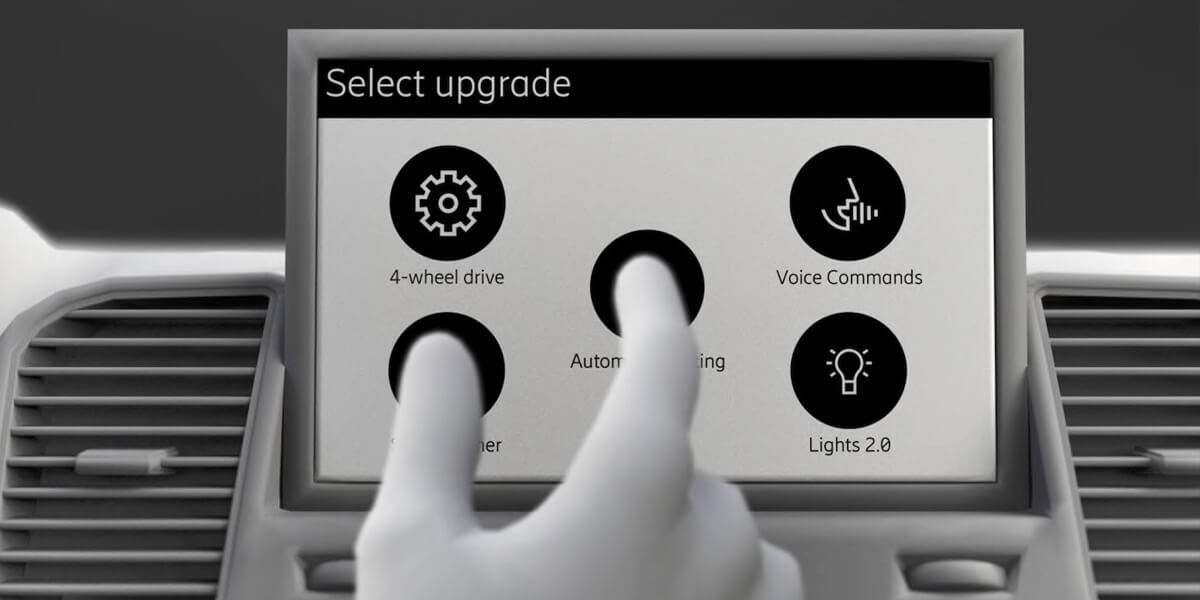
Ericsson's Connected Vehicle Cloud supports automakers with managing connected services globally, including the orchestration of OTA updates.
For OTA updates to be possible everywhere, cellular connectivity is the natural choice as it is the only wireless connectivity widely available in most traffic scenarios. Every day the complexity of maintaining a global fleet of software-defined vehicles increases as more systems in the vehicles can receive OTA updates, while the overall quantity of these connected vehicles (and therefore, the volume of updates needed) grows. And, with cyber security regulations becoming more demanding, the frequency of updates is also increasing. A technology partner like Ericsson has vast experience managing this complexity with multiple automaker brands in numerous cloud environments globally.
Why automakers are secure with a technology leader
Ericsson is a technology partner to automakers, connectivity providers, and hyperscalers alike – moving the automotive ecosystem forward in multiple collaborative efforts. As one of the leading providers of Information and Communication Technology, we enable the full value of connectivity by creating game-changing technology and services that are easy to use, adopt, and scale. We guide automakers through the intersection between the vehicle, network, and cloud.
By partnering with Ericsson as an automaker, you can connect vehicles and deploy applications and services that enhance the driver experience by implementing Ericsson's Connected Vehicle Cloud – all while being able to easily update global services and manage data in adherence with local regulations and privacy laws. To date, we have provided OTA updates and OTA update orchestration as part of multiple customer deployments and updated millions of vehicles around the world. Potential cost savings could also be achieved through Ericsson's smart data transfer methodology, scheduling OTA updates, and other data transfers during off-peak periods in the cellular network.

